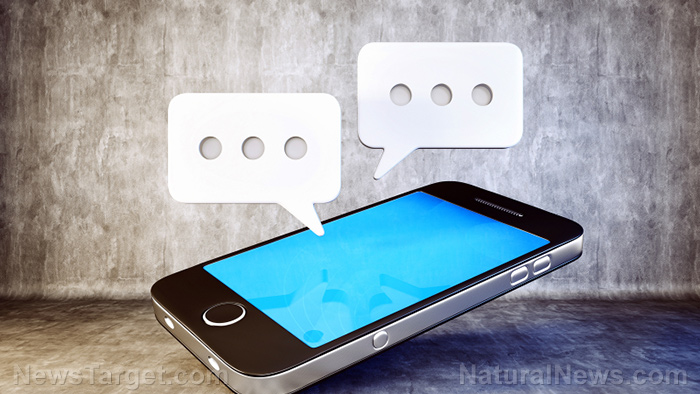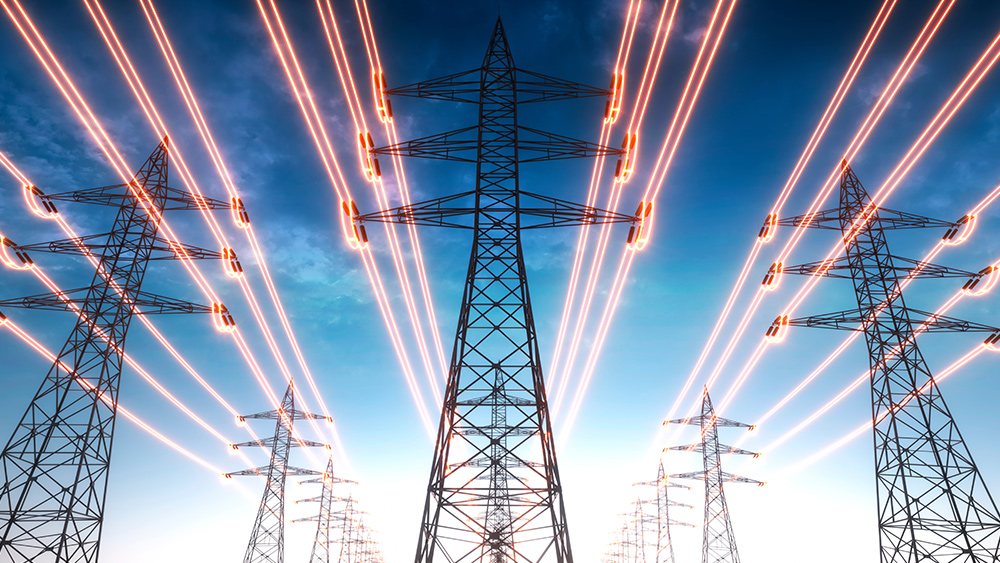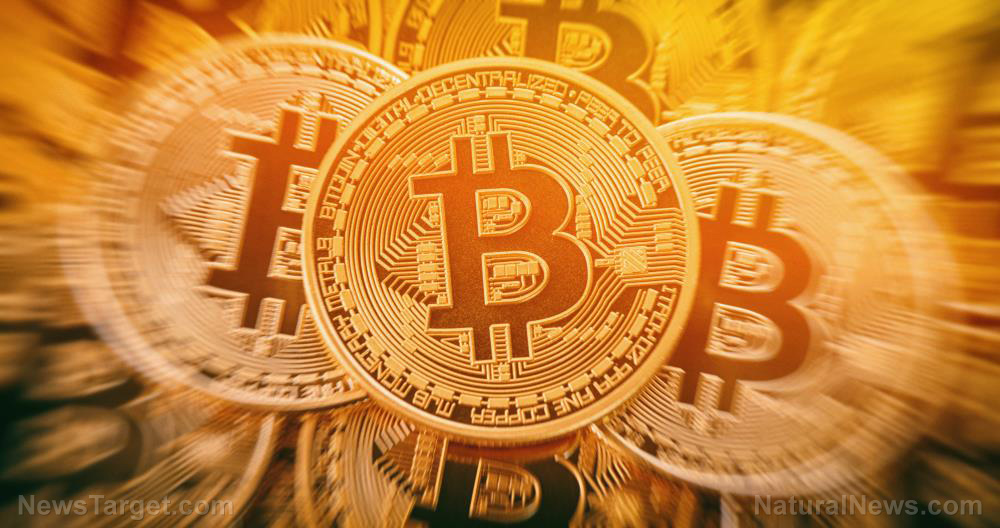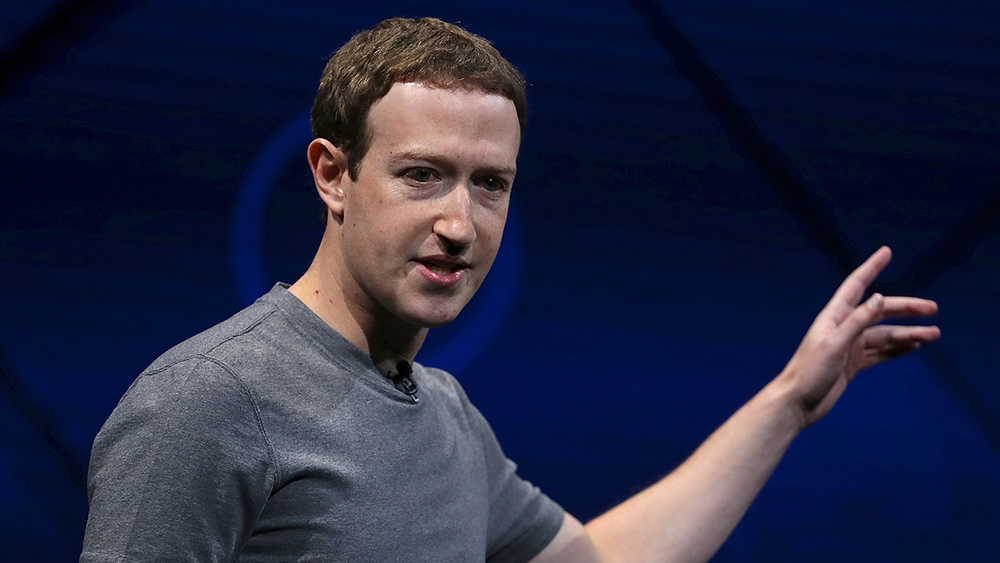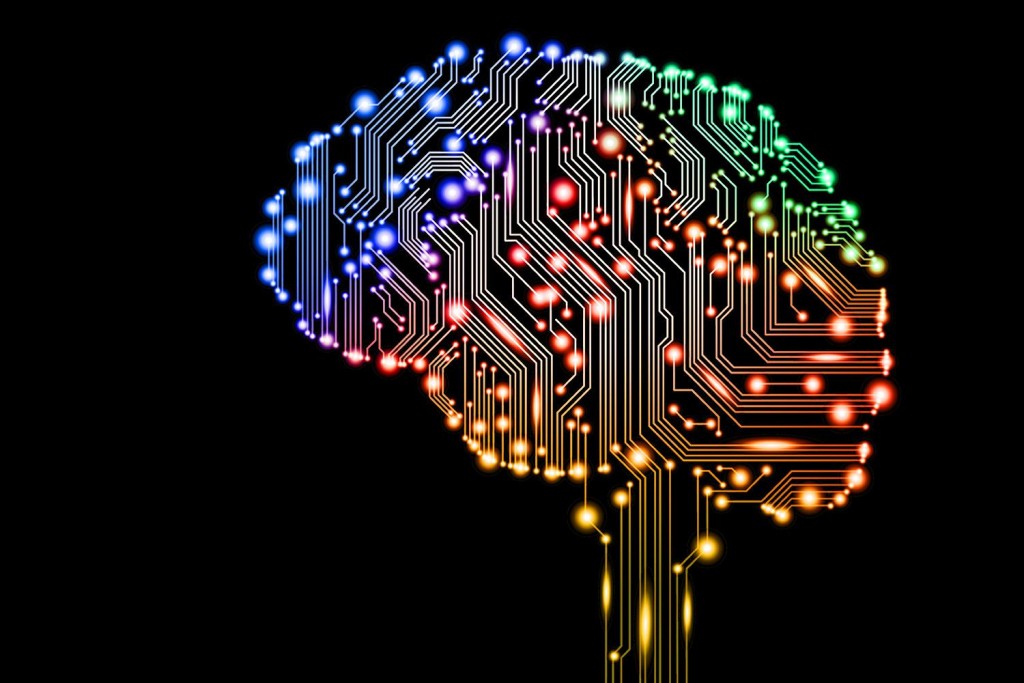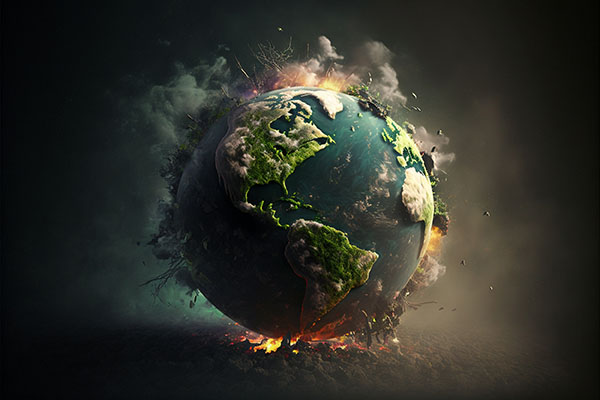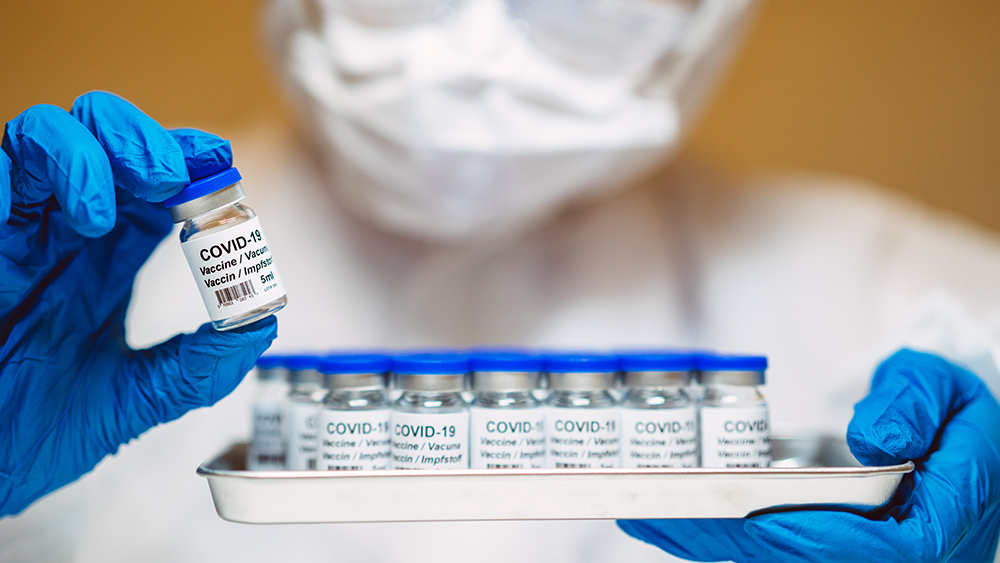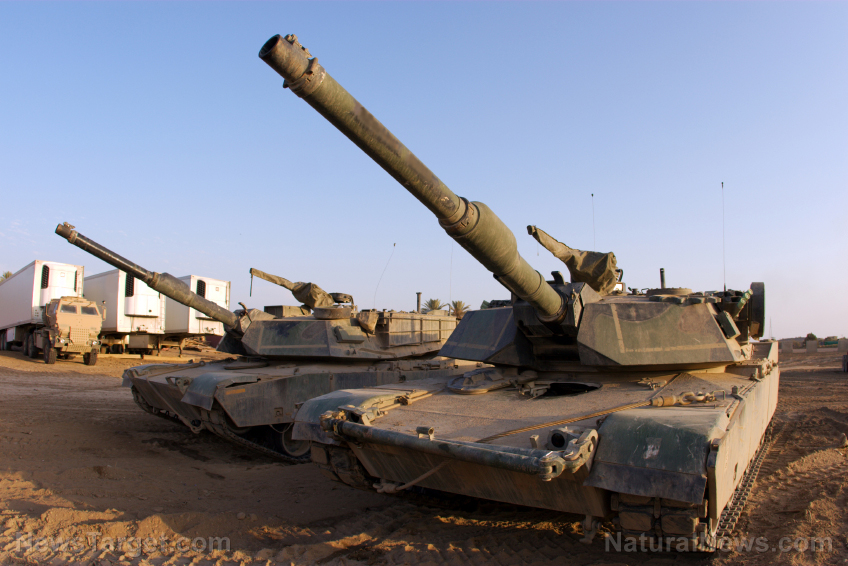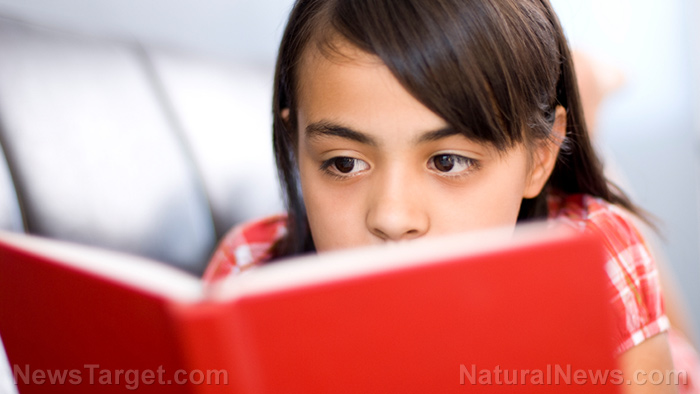 Parler
Parler Gab
Gab
- ChatGPT hit 150 million weekly active users, driven by its new AI image-generation tool that transforms photos into Studio Ghibli-style animations, sparking viral trends.
- The "Ghibli effect" caused server outages due to overwhelming demand, while social media flooded with AI-generated art mimicking the studio’s iconic aesthetic, boosting app downloads and revenue.
- Hayao Miyazaki’s past criticism of AI art resurfaced, with artists and fans condemning the tool for potentially exploiting his life’s work without consent.
- Experts debate whether AI-generated Ghibli-style images violate copyright, as laws protect specific expressions (e.g., film frames) but not artistic styles — though training data sources remain undisclosed.
- The trend highlights AI’s cultural influence, raising questions about regulation, artist compensation and the future of creativity amid growing ethical and legal tensions.
Why the "Ghibli effect" went viral
The trend wasn’t just a technical milestone — it was a cultural phenomenon. Social media platforms were flooded with AI-generated portraits, memes and landscapes, all mimicking Studio Ghibli’s signature aesthetic. The tool’s ability to replicate the studio’s lush, painterly style with startling accuracy captivated millions. SensorTower data revealed that global ChatGPT app downloads surged by 11%, while in-app purchase revenue rose by 6% in just one week. The numbers underscore how AI-generated art is no longer a niche experiment but a mainstream attraction. Yet, the trend also exposed deeper tensions. Studio Ghibli co-founder Hayao Miyazaki, a vocal critic of AI-generated art, once said in 2016 after seeing an early AI animation demo: "I am utterly disgusted. I would never wish to incorporate this technology into my work at all." His words resurfaced as the trend gained momentum, fueling backlash from artists and fans alike.Copyright concerns: Where does AI draw the line?
The legal implications of AI-generated Ghibli-style images remain murky. While copyright law typically protects specific expressions (like exact frames from a film) rather than artistic styles, experts warn that OpenAI’s tool may have relied on copyrighted material for training. "The legal landscape of AI-generated images mimicking Studio Ghibli's distinctive style is an uncertain terrain," said Evan Brown, a partner at law firm Neal & McDevitt. "Copyright law has generally protected only specific expressions rather than artistic styles themselves." Critics argue that even if the style isn’t protected, the tool’s accuracy suggests extensive training on Ghibli’s films — raising ethical concerns. One social media user lamented: "Miyazaki spent his entire life building one of the most expansive and imaginative bodies of work, all so you could rip it off and use it as a filter for your vacation photos." OpenAI has not publicly disclosed its training data sources, leaving the question unresolved. Meanwhile, the debate over AI’s role in creative industries continues to intensify, with recent court rulings (such as Anthropic’s victory in a music copyright case) setting conflicting precedents.What’s next for AI and art?
The "Ghibli effect" demonstrates AI’s growing influence — not just as a utility, but as a cultural force. While OpenAI scrambles to stabilize its servers, the broader conversation has shifted to how AI should engage with human creativity. Will future regulations force AI companies to compensate artists whose works train their models? Could studios like Ghibli take legal action to protect their legacy? And will users continue embracing AI art despite ethical concerns? For now, one thing is clear: AI’s ability to replicate beloved art styles has captured the world’s imagination—but at what cost? As Altman himself acknowledged, "Images in ChatGPT are way more popular than we expected." The question is whether society is ready for the consequences. Sources include: Reuters.com SeekingAlpha.com WizCase.comHackers are selling counterfeit phones with crypto-stealing malware
By Ava Grace // Share
The looming electricity crunch: A crisis of supply and demand
By Willow Tohi // Share
“Token Economy”: The Web3 revolution reshaping the internet’s future
By Belle Carter // Share
Lightmatter’s photonic breakthrough: A leap forward in AI efficiency and speed
By Willow Tohi // Share
Over 30 pieces of evidence on how ‘the climate scam is collapsing’
By News Editors // Share
Governments continue to obscure COVID-19 vaccine data amid rising concerns over excess deaths
By patricklewis // Share
Tech giant Microsoft backs EXTINCTION with its support of carbon capture programs
By ramontomeydw // Share
Germany to resume arms exports to Israel despite repeated ceasefire violations
By isabelle // Share
